The Pearl Button
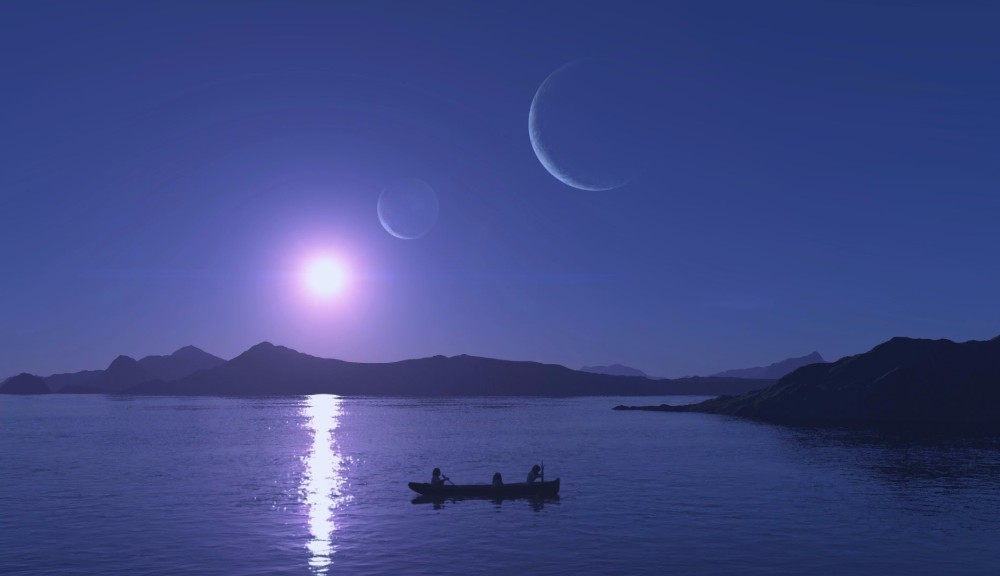
Born as a kind of conceptual companion piece to his 2010 essay Nostalgia for the Light, The Pearl Button is Chilean documentarian Patricio Guzman’s second attempt at convening his South American homeland’s bitter history with its spectacular natural beauty. Whereas Nostalgia dealt with the Atacama Desert and its rich archaeological and astronomical fertility, Guzman’s latest foray is centered on Chile’s 2,670 miles of coastline, and the effects the presence of water has had upon the planet and humankind. Anthropological and meditative in almost equal measure, the film relies heavily upon the abstract fusion so well executed in his earlier movie, and while a stunning evocation of aesthetic filmmaking, suffers from a slightly labored adherence to its own self-prescribed formula.
Opening with an examination of a quartz crystal containing a single droplet of rainwater, Guzman self-narrates with an impressive, almost cosmic authority. The celestial nature of how water came to be on Earth, bestowed as a gift by the nebula millennium previous is discussed using elegiac images of the planet from above, overlain with Guzman’s chronicling of how Chile would come to be defined. Focusing initially on the indigenous tribes that inhabited the fjords and waterways of Patagonia before their inevitable extermination by European settlers, he meanders between mind-expanding landscapes and intriguing sociological study. Included are interviews with local tribal elders, who, despite the gradual erosion of custom and cultural heritage, still hold vestiges of the old wisdom close to hand, keepers of a memory and legacy so integral to Guzman’s work.
Indeed, the tone of the film often descends into lament as, despite the wealth of obvious natural (re) sources of veneration, the atrocities of the Pinochet regime are never far from the surface. A festering sore of the collective subconscious, the Atacama was used as a prime disposal zone by the dictator, as was the Pacific. The shots of a helicopter flying low over the coastline immediately recall the infamous dumping of the corpses of tortured political adversaries into the ocean at the regime’s pinnacle.
While The Pearl Button is hypnotic in its visual prowess, the sense that Guzman is constantly chasing the same dual approach that made Nostalgia for the Light so successful is persistent. The ethnological elements are fascinating as standalone analyses, but the lurching back and forth to perpetual reminders of the military dictatorship’s brutalities isn’t suited. While it is of course tremendously admirable of Guzman to ensure the traces are not forgotten, it feels as if this stream of consciousness has probably run its course.
Andy Jones
The Pearl Button is released on 11th March 2016.
Watch the trailer for The Pearl Button here:


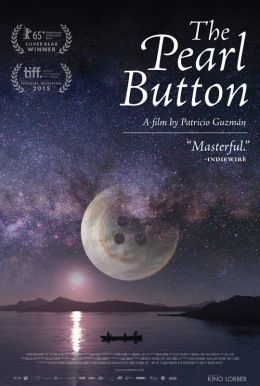

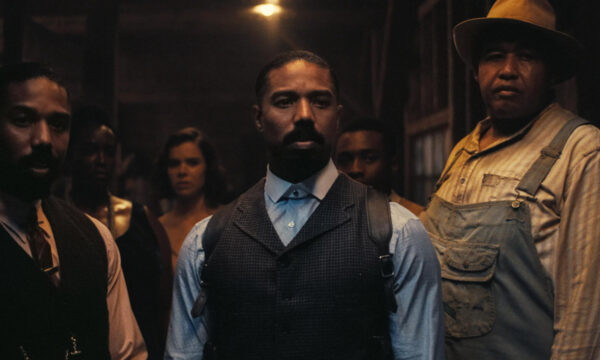

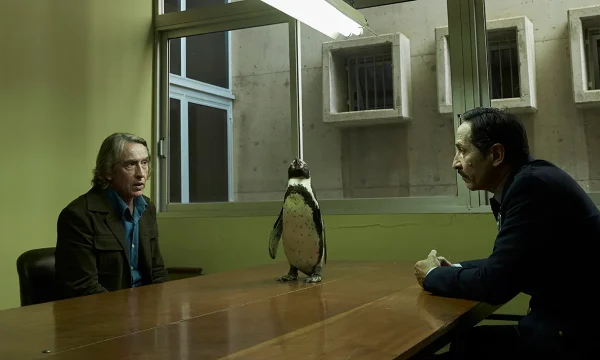

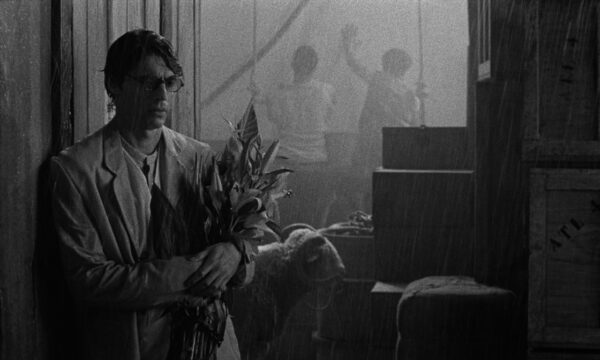
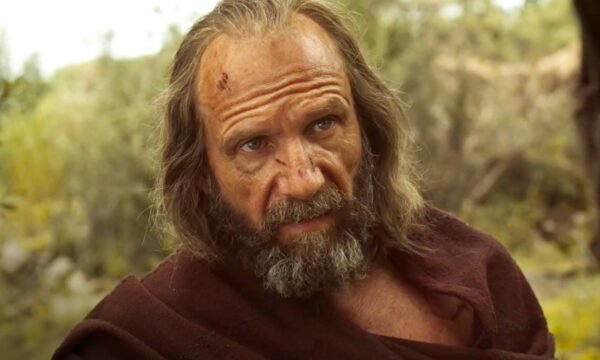
















Facebook
Twitter
Instagram
YouTube
RSS